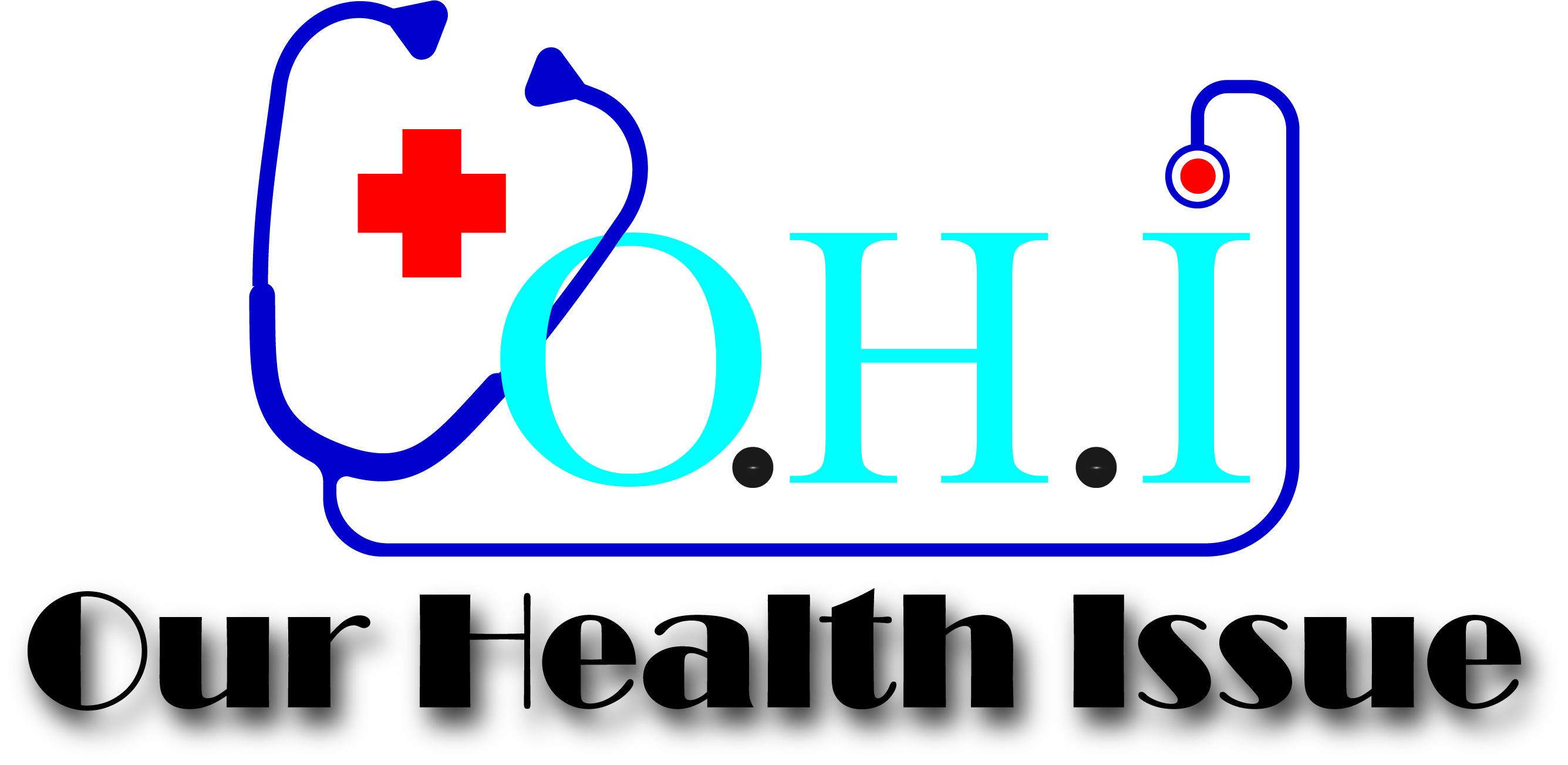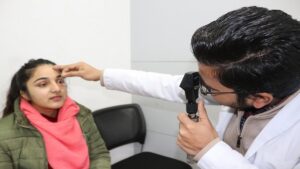
Professional healthcare translation services cater to a very specialized discipline that requires a strong grasp of its terminology. It could be a prescription or operational report, a book, an academic article, or even vital research. However, it is also true that medical translation is likely to change because of the development of new technology. With the development of software for translation and online tools, it’s to be expected that the particular sector of translation will become significantly impacted.
English remains the dominant language when it comes to medical research. And almost every healthcare translation company, would have to find professional translators who are proficient in the English language. Since it is the lingua franca of the world, professionals cannot offer translations on a global scale without them. Moreover, English is followed up by the Chinese, since it’s spoken by over a billion people.
Significance of Machine Translation
Machine translation is becoming a part of the realm of translation and not just the standard text, but the more specific documents like medical text. In reality, the authors of medical texts are urged to translate their own works to “breakthrough” internationally, since the most prestigious medical science journals are published only in English.
These scientists are acquainted with the words used in their own language and their international counterparts. They are distinguished from writers due to this capability (which constantly expands due to the advancement of tools for translation) to conduct medical translations. However, writing in a foreign language can’t be accomplished without the methods of thinking and the linguistic representations of the culture from which it comes. One needs to understand that medical translations do not require a lot of localization, since it involves technical text and is very straightforward. There are no double meanings or idioms involved in healthcare professionals’ translations. But there is s certain level of linguistic complexity that needs to be incorporated before translating material for the target audience.
Pre-Translation
Medical translation is not an exception to other areas of translation. When we refer to “pre-translated” texts we mean texts that have been “post-translated” after translation. It involves the translation of a text with an automated translation program and after that, correcting it, and improving it in line with the intended purpose and the particular field. This method is often adopted by agencies such as Regulatory Translation Services.
This technique saves time and provides a more comprehensive view of text that is repetitive. However, using this technique is not a way to exclude editing post-editing by an expert translator in this field, or maybe, an agency that specializes in medical translation instruments.
English And The Advent of Chinese
Today over 100 medical journals (including the most highly regarded) publish in English and only 20 journals are printed in non-English languages. This means that medical translation to English will be a reality in an era where there will be no major changes in the near future. Medical regulatory document translation agencies have made it compulsory for their HR department to hire translators that speak and can translate from and into the English language.
Mandarin Chinese, however, has been trending upward for a long time: medical products from this country are imported in huge quantities (and have been imported more during the Pandemic of Covid-19). On the other hand, Western pharmaceutical corporations are now looking at China as a potential new market. So it is advisable for regulatory compliance translation agencies to integrate Mandarin into their language portfolio.

Future of Medical And Compliance Translation
There is a risk that machine translation technology is going to eventually take over that of translators who specialize in medical fields. Nothing is more precise. The example of Chinese that was mentioned earlier shows the difficulty in adapting medical texts continues to pose insurmountable obstacles on software that a machine translation tool can translate. Chinese is often considered by many as the most difficult language to translate. Hence, expert translators need to be highly capable of conceptualizing Chinese text and then translating for the audience.
Translations of medical terms from or to Chinese aren’t the most straightforward to do, since the majority of Chinese Medical terms can be colorful and heavily influenced by traditional Chinese medicine.
Wrapping Up
Thus, the skills that come from medical translation companies are essential even in the future. Translation of medical information is more complex than other areas of translation. Medical translation is used to disseminate scientific information and ultimately, protect the lives of people. Hence, mistakes cannot be afforded as they can jeopardize a patient’s life.
The future will include a combination of both machine translation and humans, especially when it comes to medical translations. This combination can achieve perfect synchronization in translation processes. Hence, efficiency would be at the maximum.




